Before we launch into this article, this has been written presuming a couple of things.
- You have a website,
- And, you are tracking data,
Since 2020, specific browsers such as Safari have no longer allowed “third-party cookies”, which simply means they no longer track a user’s journey across the WWW.
Firefox withdrew its support for third-party cookies back in 2019. Whilst it seems Google is dragging its heels, they are finally ending third-party data tracking by the end of 2024.
What are "cookies"?
Onsite cookies.
These help a website keep track of website visitors. Where they have come from (acquisition-wise), and what they do when visiting.Third-party cookies.
These third-party (or cross-site cookies) go as far as tracking where your visitor goes next and their activities there and beyond if they continue to “accept all cookies”.
The demise of third-party tracking.
As explained, third-party cookies are where one site is linked to another by a piece of tracking code to harvest data of your website users. The main reason is to support those ads that follow you around the internet after clicking on:
- An advert
- Visiting a site that sells something (clothes, holidays, software etc.)
- Liking a page on Facebook/Instagram
- Searching for mortgage advisors and more
As the third-party cookie learns more about you, the more targeted the ads that are served to you and the more valuable you become to certain companies.
Think about that Meta Pixel on your site – that is a third-party cookie. Likewise, at the moment, Google Analytics is seen as a third-party cookie.
This is why we believe Google has announced its solution as GA4. GA4 is replacing Universal GA in July 2023, in line with their ban on third-party cookies. I am sure Meta will think of a solution, or perhaps not? Who knows. What we do know is that the real impact of this ban won’t filter through until 2025.
But what does that mean for you and your business?
As third-party data becomes less reliable and harder to come by, it’s anticipated that it’ll have significant implications for businesses that rely on it for their pay-per-click (PPC) and social advertising strategies.
1. Reduced targeting capabilities:
41% of marketers believe their biggest challenge will be their inability to track the right data.
Third-party data is often used to identify specific segments of an audience, such as demographics, interests, and behaviours for better targeting. And so, as this data becomes less reliable, businesses may have a harder time targeting their audience with PPC and social advertising campaigns.
2. Increased costs:
44% of marketers predict a need to increase their spending by 5% to 25% in order to reach the same goals as 2021
It’s simple supply and demand. As third-party data becomes less available, the cost of obtaining it will likely increase. In turn, this may put a strain on advertising budgets. As a result, it’s anticipated that it’ll become more difficult for businesses to achieve the same level of return on investment (ROI) from their campaigns.
3. Increased reliance on first-party data
23% of marketing experts plan on investing in email marketing software due to Google’s new policy.
The above impact means businesses will need to turn their attention to first-party data (data they collect themselves, like from their website and email campaigns). This is likely to make it harder to get a complete understanding of their audience and may limit the scope of their advertising campaigns.
So, what do you need to do?
Place greater priority on finding ways to create your own first-party data and presence, using the channels you have at your disposal. Examine the technology and processes you have in place to capture information about your customers, and make investments that allow you to take charge of the data you have at your disposal.” – Alex Hazell – Acxiom’s head of legal and privacy
These changes are imminent and should not be overlooked. Essentially, if you rely heavily on third-party data to target your audience and fill your pipeline, you’ll need to find new ways to reach and understand your audience.
But don’t worry; we’ve got you.
Here are our tips on how you can begin to counterbalance the upcoming changes:
1. Build and leverage first-party data:
One way to help ease the changes in third-party data availability is to focus on building and leveraging first-party data. This can include data collected from email campaigns, surveys, and utilising A/B testing on your website and emails. This is by no means an overnight fix, but it’s a chance to nurture leads and learn more about the kinds of content, products and services your audience wants to see.
2. Emphasise email marketing:
Email marketing offers a high return on investment (ROI) and can be a cost-effective way to reach and engage with a targeted audience. You can use email marketing to nurture relationships with your subscribers, deliver personalised content, and drive conversions.
3. Invest in SEO and content marketing:
88% of marketers who have an SEO strategy will increase or maintain their investment in 2023,
By investing in search engine optimisation (SEO) and content marketing, you can improve your visibility on search engines. The result? More of that all-important organic traffic to your website. This can help to counterbalance changes in third-party data availability.
4. Consider influencer marketing:
Partnering with influencers in your industry or niche can help you reach new audiences and build trust with potential customers. Influencer marketing can be a powerful way to build brand awareness, generate leads and drive conversions.
5. Use paid advertising:
Paid advertising, such as PPC and social media advertising, can still be effective despite changes in third-party data availability. By utilising targeting options such as demographic, geographic and interests, you can still reach your desired audience and drive conversions.
6. Adapt to privacy regulations & ask for consent:
It’s vital that you stay up-to-date and comply with changing data privacy regulations such as GDPR. This will ensure you are using data in an ethical and legal manner. We recommend visiting the ICO website for up-to-date information.
By adding these strategies to your marketing mix, you can counterbalance changes in third-party data availability and continue to reach and engage with your target audience, drive conversions and grow your business.” – Polly Buckland
What’s the best approach?
A holistic approach to marketing is forward-thinking and will help to protect your business from platform and algorithm changes; it will allow you to build a diverse and robust marketing strategy that’s not overly reliant on any one specific platform or algorithm. Here’s a few suggestions as to how you can mix up your marketing:
Diversify marketing channels:
By diversifying your marketing channels, you can spread your marketing efforts across multiple platforms, reducing your dependency on any one platform. This makes your marketing strategy more resilient, which is always a good thing! But don’t waste resources. Test and measure to see where you get the best outcomes.
Prioritise owned channels:
Owned channels, such as websites, email lists, and mobile apps, give you more control over your audience and message delivery. By prioritising these channels, you build trust with your visitors and start to request consent to find out more about them.
Be consistent in your branding and messaging:
By producing consistent branding and messaging across all marketing channels, you will build a strong brand identity. This results in trust with your audience (and with search engines).
Continuously learning and adapting:
A holistic data driven approach to marketing involves continuously learning, testing and adapting to new trends, technologies and platforms. This will only help to serve you by staying ahead of the curve and being prepared for future changes.
Want to make sure your business stays ahead of the game? A holistic approach to marketing can help you do just that! By creating a well-rounded strategy, you’ll be better equipped to adapt to changes and keep connecting with your target audience. Plus, it’ll help protect your business from any unexpected platform or algorithm changes.
NEED SOME HELP?
Looking to flexi-extend?
Want to talk about setting up a marketing agency relationship that works for you? Drop me an email or take a look at my diary to set up a no-obligation chat.






